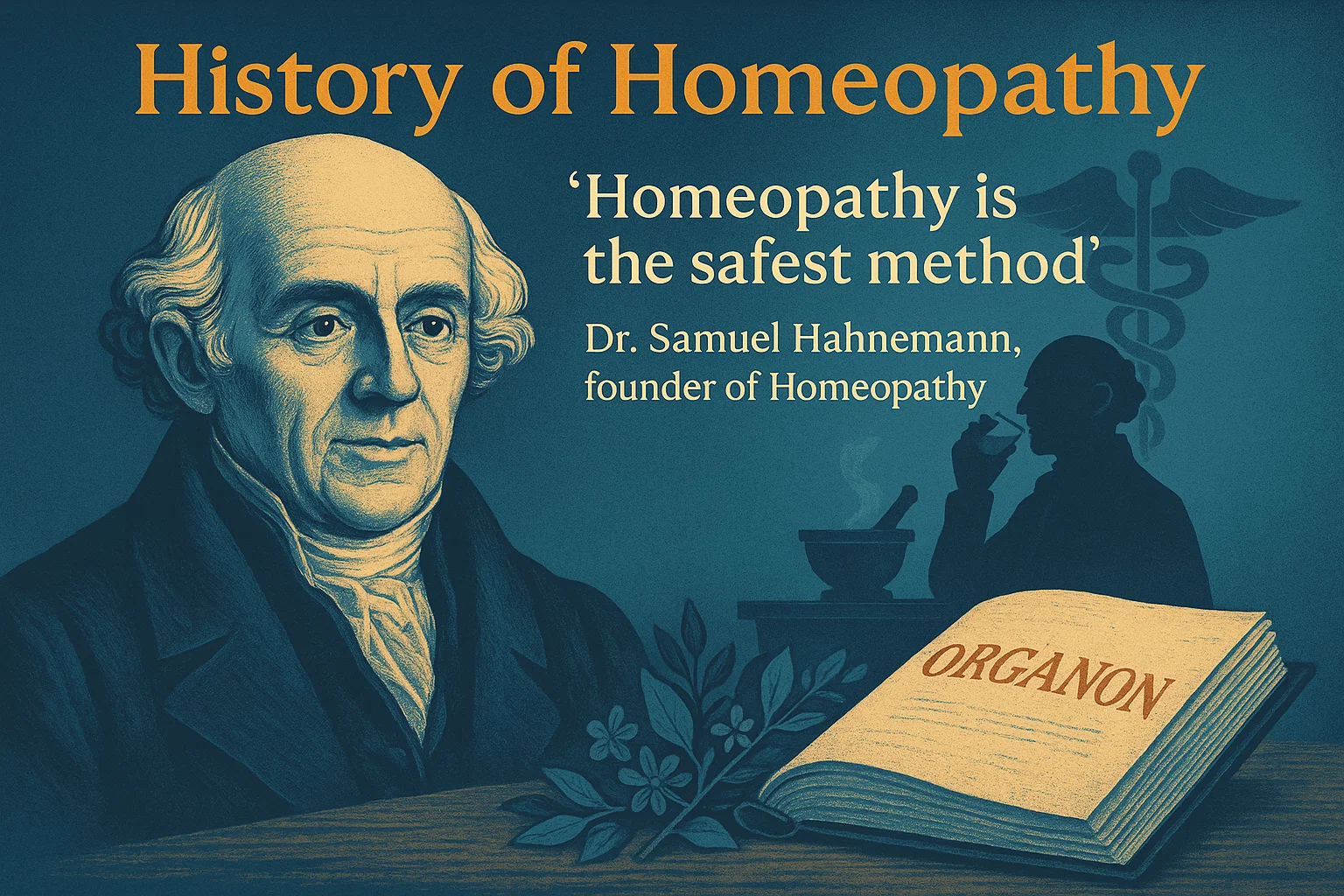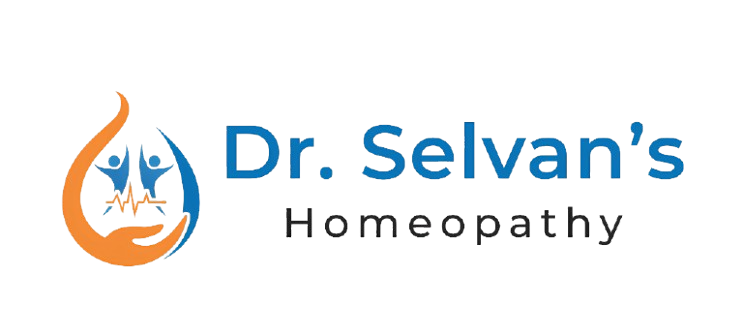
The Birth of a Revolutionary Medical System
The story of homeopathy begins with one remarkable man who dared to challenge the medical practices of his time. Dr. Samuel Hahnemann, the father of Homeopathy, was one of the few in his era to step into the portals of a university and graduate in medicine with an MD degree.
Born in 1755 in Meissen, Germany, Hahnemann lived in the pre-antibiotic era that was filled with many barbaric medical practices. Conventional doctors routinely used bleeding and excessive purging to treat diseases based on the presumption that illness was caused by "bad blood" within the body. Disappointed with these harmful practices, Hahnemann gave up his medical practice.
The Cinchona Experiment: A Pivotal Moment
To support himself, Hahnemann began translating medical books in different languages, as he was fluent in over a dozen tongues. A pivotal moment came in 1790 when he was translating William Cullen's "Lectures on Materia Medica." Cullen's statement that cinchona (quinine) bark possessed specific fever-relieving properties because it was one of the most aromatic and bitter substances known aroused Hahnemann's scientific curiosity.
Hahnemann reasoned that there were many more substances with extremely bitter and fragrant properties, yet none of them had the strength to cure fevers, especially malaria-like fevers. Eager to test this idea, he decided to experiment on himself. He drank a decoction of cinchona bark and, to his surprise, developed symptoms similar to malaria—including fever and chills.
This self-experiment led to his revolutionary hypothesis: "A substance which can artificially produce certain disease-like symptoms on a healthy person can cure a similar disease when given to the patient in the form of a homeopathic medicine." This became the fundamental principle of homeopathy: like cures like.
The Development of Homeopathy
From this experiment, Dr. Hahnemann began systematically studying the effects of various substances on healthy humans. He meticulously recorded the symptoms produced by these substances, creating a reference guide for selecting remedies that matched patients' symptoms. The cures achieved using this method confirmed his hypothesis about the concept of "like cures like."
Over the next 12 years, Dr. Hahnemann evolved homeopathy into a scientific system of alternative medicine based on his research and clinical experience. In 1810, he published his seminal work, "Organon of the Medical Art," which outlined the principles of homeopathy that continue to guide practitioners today.
From Controversy to Global Recognition
Homeopathy became widely popular during the 19th century, particularly with its success in treating patients during epidemics like cholera. Records show that death rates in homeopathic hospitals were significantly lower than in conventional hospitals during these outbreaks.
Despite facing opposition from conventional medical establishments, homeopathy spread across Europe and reached North America, where the first homeopathic medical college was established in 1835. By the early 20th century, about 15% of doctors in the United States practiced homeopathy.
Key Milestones in Homeopathy's History
Birth of Dr. Samuel Hahnemann
Dr. Samuel Hahnemann, the father of Homeopathy, was born in Meissen, Germany.
Medical Career Begins
Hahnemann obtained his MD from the University of Erlangen and began practicing medicine.
The Cinchona Experiment
While translating William Cullen's Materia Medica, Hahnemann began experimenting with cinchona bark (quinine), leading to his discovery of the 'like cures like' principle.
First Publication
Hahnemann published his first article on the homeopathic concept in Hufeland's Journal.
Organon of Medicine
Hahnemann published the first edition of 'Organon of the Rational Art of Healing,' outlining homeopathic principles.
Materia Medica Development
Hahnemann published the first volumes of 'Materia Medica Pura,' documenting medicinal substances and their effects.
Cholera Epidemic
Homeopathy gained significant recognition during the European cholera epidemics, with lower mortality rates in homeopathic hospitals.
Hahnemann's Death
Dr. Samuel Hahnemann passed away in Paris at the age of 88, leaving a profound legacy in medical science.
Global Expansion
Homeopathy spread to the United States, India, and other parts of the world, establishing itself as a global medical system.
Modern Homeopathy
Despite periods of decline, homeopathy experienced revival and continues to grow worldwide, now recognized by the WHO as the second largest therapeutic system in the world.
Homeopathy Today
Today, homeopathy is practiced worldwide and is integrated into the national healthcare systems of many countries. Its growth in recent decades has been remarkable, with millions of people turning to this gentle yet effective system of medicine.
Dr. Hahnemann's vision of a "sane, humane, and gentle" approach to medicine continues to thrive, offering a valuable alternative or complement to conventional medical treatments. His legacy lives on in the principles and practices of homeopathy that have helped countless patients across the globe for over two centuries.
